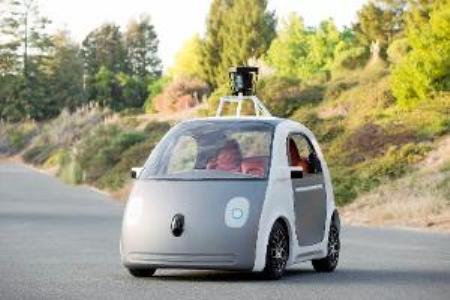MOUNTAIN VIEW (California): Google, a leader in efforts to create driverless cars, has run into an odd safety conundrum: Its cars don’t make enough mistakes. Last month, as one of Google’s self-driving cars approached a crosswalk, it did what it was supposed to do when it slowed to allow a pedestrian to cross, prompting its “safety driver” to apply the brakes. The pedestrian was fine, but not so much Google’s car, which was hit from behind by a human-driven sedan.
Google’s autonomous test cars are programmed to follow the letter of the law. But it can be tough to get around if you are a stickler for the rules. One Google car, in a test in 2009, couldn’t get through a four-way stop because its sensors kept waiting for other (human) drivers to stop completely and let it go. The human drivers kept inching forward, looking for the advantage — paralyzing Google’s robot.
It is not just a Google issue. Researchers in the fledgling field of autonomous vehicles say that one of the biggest challenges facing automated cars is blending them into a world in which humans don’t behave by the book. “The real problem is that the car is too safe,” said Donald Norman, director of the Design Lab at the University of California, San Diego, who studies autonomous vehicles. “They have to learn to be aggressive in the right amount, and the right amount depends on the culture.”
The way humans often deal with these situations is that “they make eye contact. On the fly, they make agreements about who has the right of way,” said John Lee, a professor of industrial and systems engineering and expert in driver safety and automation at the University of Wisconsin.
Traffic wrecks and deaths could well plummet in a world without any drivers, as some researchers predict. But wide use of self-driving cars is still many years away, and testers are still sorting out hypothetical risks — like hackers — and real world challenges, like what happens when an autonomous car breaks down on the highway. For now, there is the nearer-term problem of blending robots and humans. Already, cars from several automakers have technology that can warn or even take over for a driver, whether through advanced cruise control or brakes those apply themselves. Uber is working on the self-driving technology, and Google expanded its tests in July to Austin, Texas.
Source: http://goo.gl/WHh4Jq
